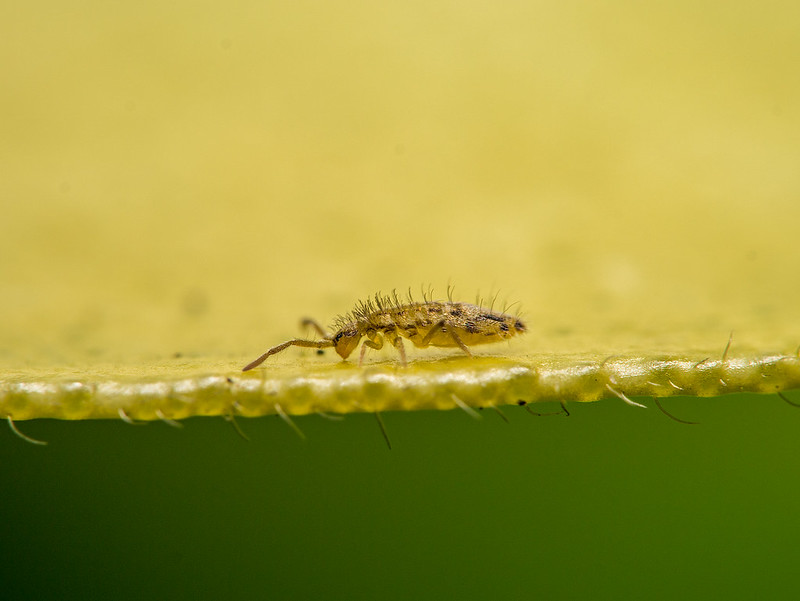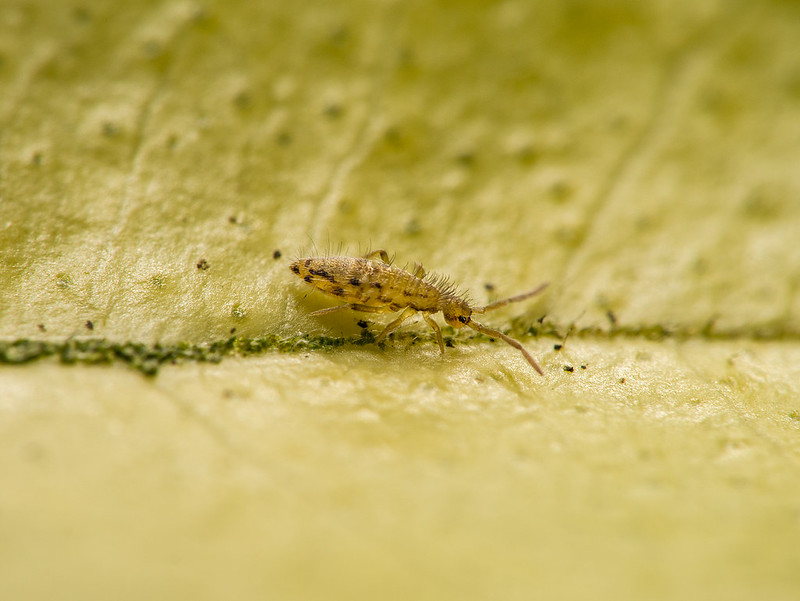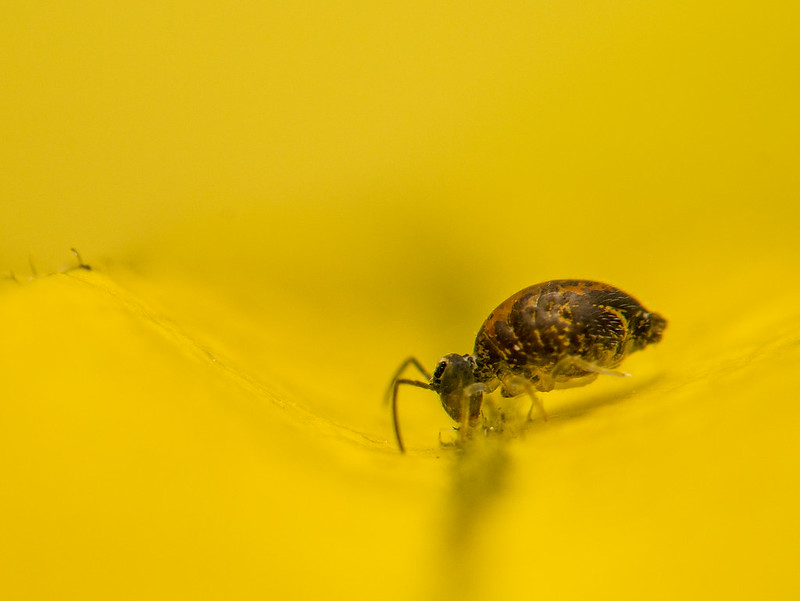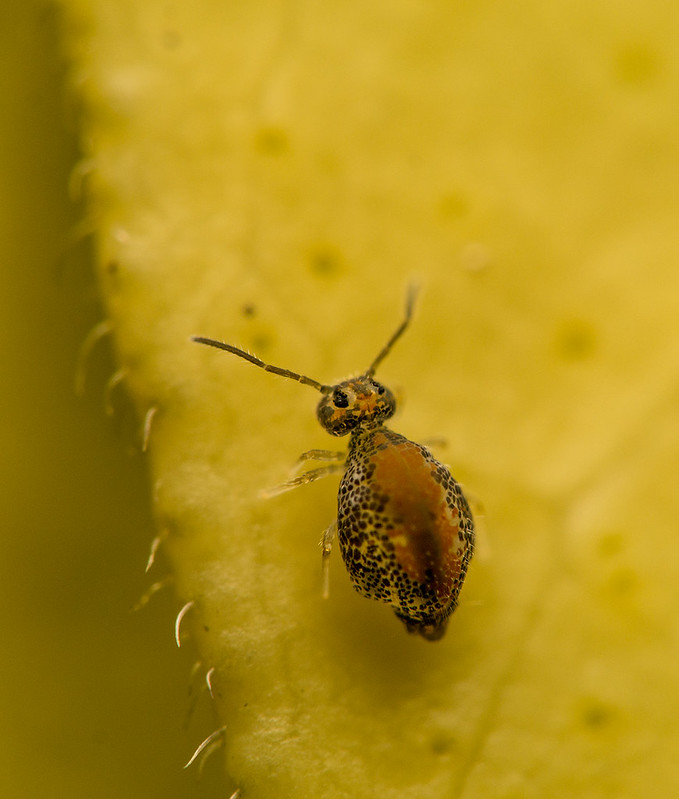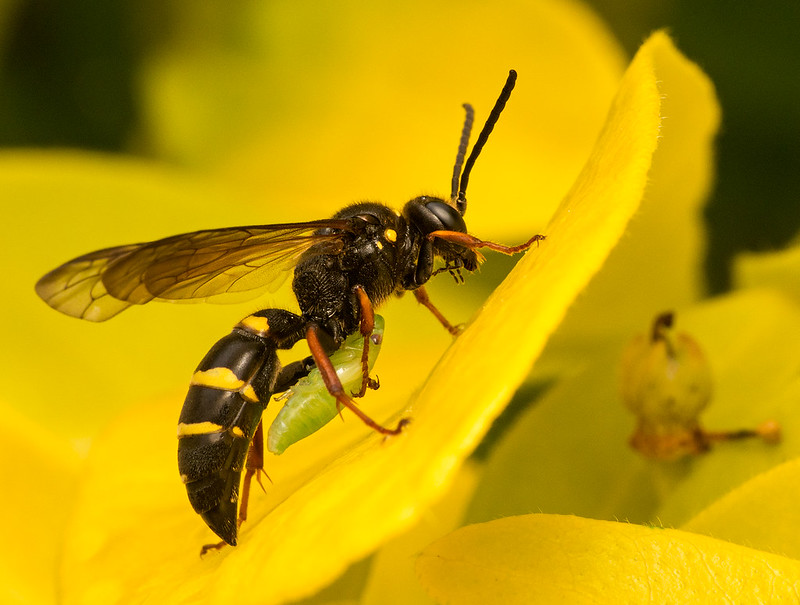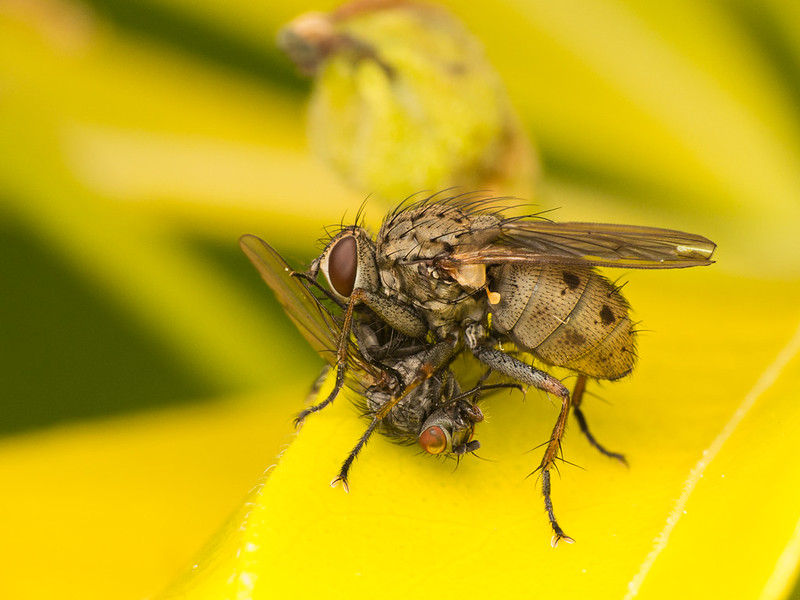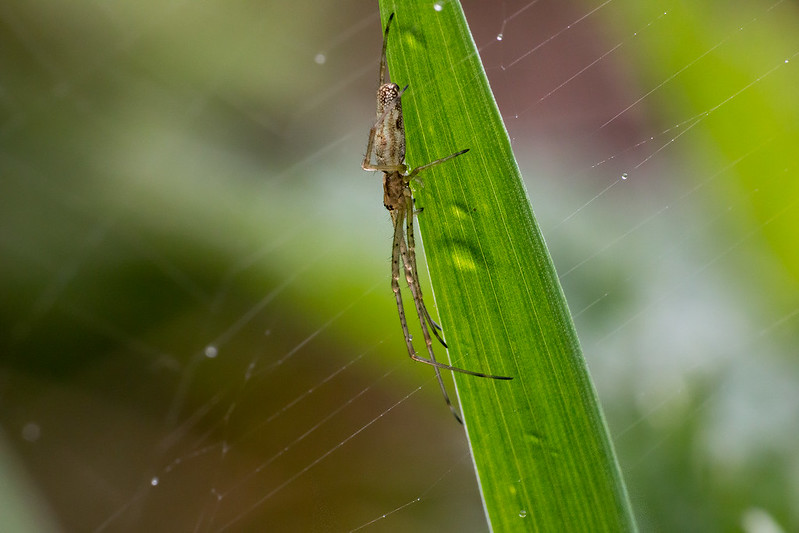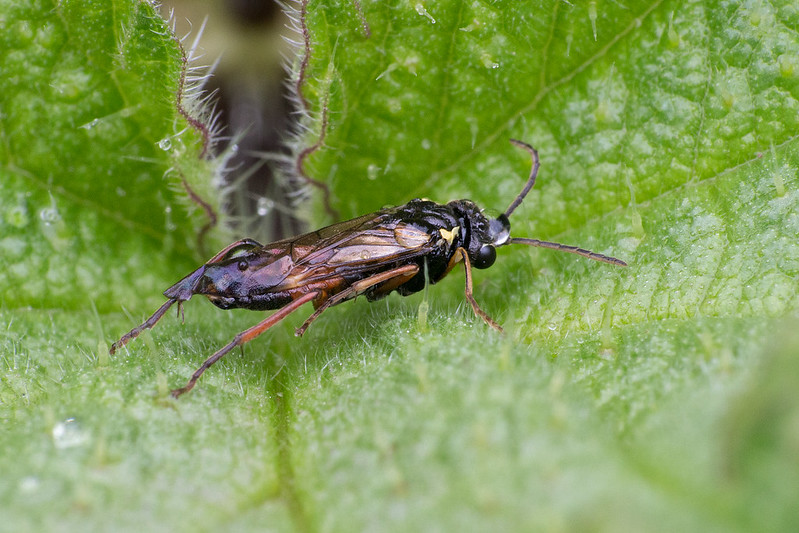Very interesting Nick the way your journey is going
I do think that you shouldn't give up on the DSLR though
I think that part of the reason that you aren't seeing differences between systems is that you are shooting with narrow apertures and slight diffraction effects may be masking any differences between the systems
With a crop dslr and macro lens the optimum sharpness is roughly between F7.1 to 13
When you go to F22 or so the DSLR isn't at it's optimum sharpness but still good though

I think you may be right about diffraction caused by narrow apertures tending to "equalise" systems; that is something I have often wondered about. The thing is though Pete, for me, as long as an image is "sharp enough" (to my eye) I'm much more interested in having more DOF than more sharpness.
But your results are showing that maybe it doesn't matter what you use you're certainly getting excellent shots even at high mag

I got up early this morning and the air was fairly still. I rushed out to take advantage of the conditions to do a set of mainly "classic tripod" shots (let the camera settle and use a remote release), with the G3 and 70D, all flowers, not using any achromats, just the 55-250 on the 70D and the 45-175 on the G3; I wanted to investigate the cameras' basic sharpness and dof characteristics. At the end of the session I did a set of hand held shots running the exposure down to really slow speeds; I wanted to see if there was any significant difference in the cameras' image stabilisation.
Then this afternoon, thinking about the "full circle" possibility, I did a set of three way flower shots, using the FZ200 and the 70D and G3 with the same lenses as in the morning. (It really drains the creative juices plodding through these comparison exercises. Very tedious. And so is grinding through the images to try to establish some patterns in what is going on.)
Late afternoon I decided to do some closeups with all three cameras using one of my more powerful achromats. But as soon as I tried the 70D I remembered why I had already decided, at least provisionally, not to use it for closeups. It is horrible to use with powerful achromats because of the extending lens barrel (this was exactly what made the powerful closeup lenses unusable on the Canon SX10 bridge camera). I then tried the G3, with the 45-175, which doesn't extend, but got into a real mess with the flash; it had been ok previously, but today it was proving very difficult to get it to throw enough light on to some scenes from a single flash unit. I ended up using high ISOs and still getting inconsistent results, including quite a lot of unusable results.I was not a happy bunny. It was meant to be simple and straightforward - nice new, high quality kit - nice photos. Simple. I wish. I didn't seem to be getting anywhere. Grumpy old bloke with wet knees was where I was at.
Then I tried flash on the FZ200. It worked fine - absolutely no problem providing enough light, through a relatively dense polystyrene plate fixed to the diffuser bowl, and at base ISO too. That must be the effect of using an aperture of f/8 which is three stops faster than the aperture of f/22 that I'm using on the G3 (and 70D). (Actually, the numbers don't quite add up - I'm wondering if there is something else going on, but I can't imagine what it might be.)
The first thing I found was a rather small insect, quite possibly a Chalcid wasp of a type I have photographed with the other two cameras in the past few days. It was on a (quite short, perhaps 1" or so long) blade of grass. I used the Raynox 150 and 250 stacked, and had no trouble setting the shots up. I took lots, including for example a series of 6 shots at different magnifications in 24 seconds without moving the camera, all decently focused (using autofocus), of which these are the first and last.
(There are 1100 pixel high versions of these over at flickr, and clicking on one of these images will take you to flickr, but it's all change at flickr, again, and I haven't yet found an easy way to get to the different size versions.)

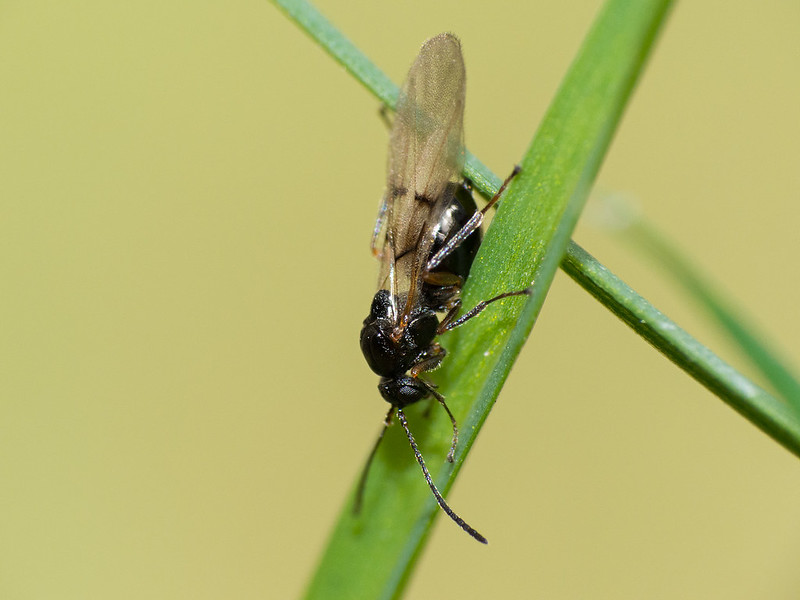
Then I found some springtails. Although they are the same sort as I have photographed with the G3 and 70D (or they look like they are to me at least), it's not really a fair comparison because these were on a solid surface rather than on leaves blowing around in a breeze, and that made things very much easier. All the same, the springtails were scuttling about a lot, but here too I had no trouble acquiring the subject and gaining focus (using autofocus) - the FZ200 is even better than the G3 in this respect. Not only does it hold the add on lens in a fixed position (in the case of the FZ200, on a tube, with the lens extending and contracting inside the tube), but the zooming is done with the index finger of the right hand, using a zoom lever around the outside of the shutter button. In this respect it is at the other end of the spectrum from the MPE-65, which you have to get a strong grip on and turn and turn to get between min and max magnification. Anyway, here are three of the springtail shots. (Three from only 36 that I captured, and there were other usable ones, so I had, by my standards, quite a high hit ratio.)



I then noticed a berry I had photographed with the other cameras, so I put a less powerful achromat on the FZ200 (the Raynox 250 I suspect), and tried various apertures and magnifications, this time using natural light. Here is an example.

Then I noticed a pretty (to my eye) sky over the garden fence, so I took off the achromat and pointed the FZ200 at the sun and took a few shots.

I was getting pretty cold and hungry by this point, but the creative juices had started flowing and just before packing up for the day I put on one of the achromats and rushed a few shots of a little something I noticed earlier with the intention of trying a stack. I didn't do it carefully enough, so the stack didn't work properly, but as a proof of concept as to whether the FZ200 could be used for this sort of thing, I think it worked well enough.

I think that 80-minute session with the bridge camera has given me something to reflect on, around the relative importance of image quality (which is always going to be a bit limited with a small sensor camera) and usability, hit ratios, flexibility, being enjoyable rather than hard work to use and encouraging creativity. For me, today, the FZ200 seemed to score quite well on those aspects. Now I have to go back to the tedium of working my way through the images I captured earlier in the day to try to work out how significant the image quality differences are when seen from the perspective of real world capture sessions and post processing implications.



